Granule EVA is an elastomeric polymer that produces materials with rubber-like softness and flexibility. These materials also have good qualities like high transparency, a glossy look, resistance to cracking under stress, low temperature resistance, waterproofing as a hot-melt adhesive, and UV protection. Follow us for more information about what is granule EVA and what is compound EVA?
What is Granule EVA?
To answer, what is granule EVA? The term “granule EVA” describes ethylene vinyl acetate (EVA) in the form of pellets or beads. EVA is a copolymer made from the monomers ethylene and vinyl acetate. Granule EVA is a common form in which EVA is supplied for various applications. EVA granules are small, solid beads or pellets that are typically produced during the manufacturing process of EVA compounds. Granules are easily handled, transported, and stored. They can be melted and processed using a variety of methods, such as injection moulding, compression moulding, or extrusion, to create a wide range of products.
The properties of EVA granules can be customised based on the intended application. This enables producers to alter the EVA material to fulfil particular demands for its flexibility, hardness, transparency, colour, and other characteristics. EVA granules are used in many different industries, like construction, sports equipment, toys, athletic footwear, packaging, and more.
They are used as the raw material to make adhesive tapes, foam cushioning, shoe soles, midsoles, EVA foam sheets, and other EVA-based goods. Granule EVA, in its broadest sense, describes EVA material that has been granular or pelletized and can be melted and processed to produce a variety of finished products with desired features.
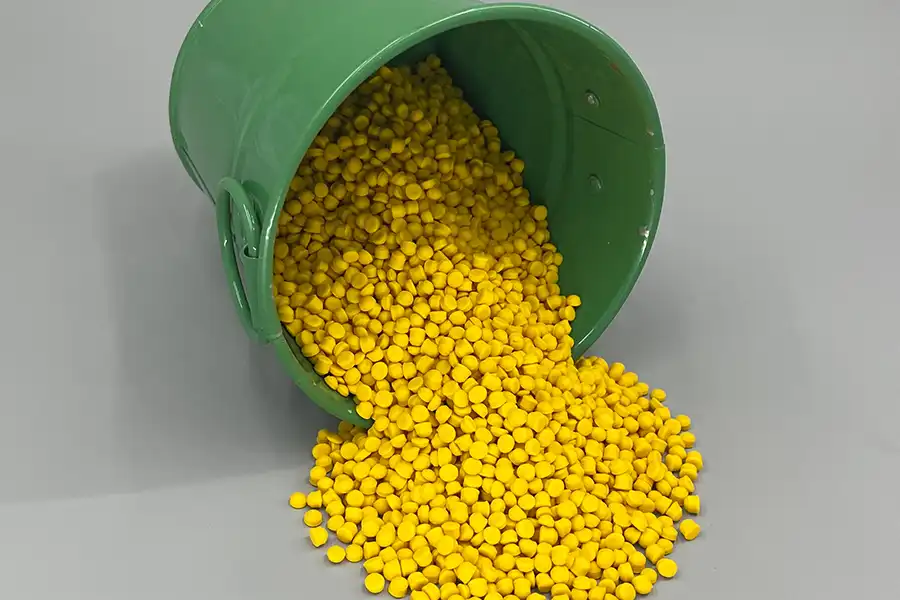
Properties of EVA Compound
What is compound EVA? (EVA) is the basis for the EVA compound, which has a number of noteworthy characteristics.
- Softness and flexibility: EVA compound is soft and flexible, much like rubber, which makes it easy to mould or shape into a variety of shapes.
- Transparency and gloss: EVA compound is appropriate for applications where aesthetic appeal is crucial since it usually has good clarity and a glossy look.
- Low-temperature toughness: The EVA compound can be used in cold situations since it maintains its resistance and flexibility at low temperatures.
- Stress fracture resistance: The EVA compound is very resistant to cracks caused by stress, which guarantees life and durability in a range of applications.
- Hot-melt adhesive properties: EVA compound can be prepared as a hot-melt adhesive, which implies that additional curing procedures or solvents are not required when using it as an adhesive after it has melted.
- Waterproof qualities: The EVA compound has good waterproofing qualities, which makes it appropriate for uses where resistance to moisture or water intrusion is needed.
- UV radiation resistance: EVA is naturally resistant to UV radiation, shielding users from the long-term harmful effects of sun exposure.
Due to these questions, what is compound EVA and what is granole EVA? Compound EVA is a multipurpose material that finds application in a wide range of sectors, such as electronics, automotive, footwear, and packaging.
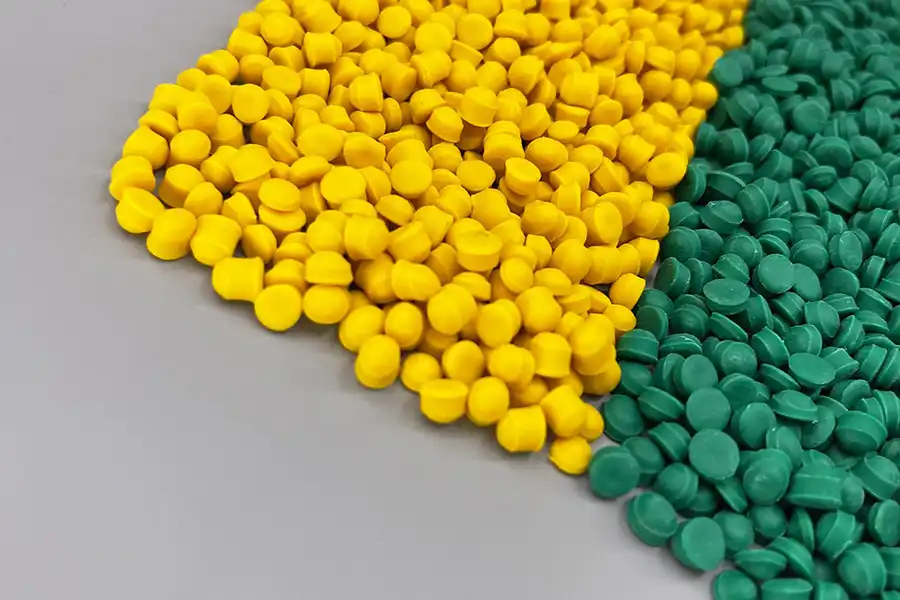
Read more: Properties of EVA granules
grades of Granules EVA
What is granule EVA? (ethylene vinyl acetate) pellets and granules come in a range of grades that are designed to meet the needs of different applications. Although suppliers and manufacturers may use different grades of EVA granules, the following are some popular grades and their typical uses:
- High-Density EVA (HDEVA): HDEVA usually contains between 15% and 40% more vinyl acetate than regular EVA. It provides improved softness, low-temperature performance, and flexibility. Applications requiring exceptional cushioning and shock absorption, like footwear, foam sheets, and moulded items, frequently use HDEVA.
- Low-Density EVA (LDEVA): LDEVA typically contains less than 15% vinyl acetate. In comparison to HDEVA, it offers more stiffness, strength, and heat resistance. LDEVA is frequently utilised in applications like industrial items that need to be durable and resistant, wire and cable insulation, and injection-moulded parts.
- Medium-Density EVA (MDEVA): MDEVA normally has a vinyl acetate percentage of 15% to 25%, which places it in the middle between HDEVA and LDEVA. Its ability to combine strength and flexibility makes it appropriate for a variety of uses. MDEVA is frequently used in general-purpose applications like foam sheets, footwear, and packaging.
- Crosslinked EVA (XL-EVA): Another name for XL-EVA is EVA that has been crosslinked. The material’s dimensional stability, chemical resistance, and heat resistance are all enhanced by crosslinking. Applications requiring greater temperature tolerance, such as hot-melt adhesives, wire and cable insulation, and automotive components, frequently use XL-EVA.
- UV-stabilized EVA: When exposed to sunshine, UV-stabilised EVA is less likely to degrade and discolour because of the additions that strengthen its resilience to ultraviolet (UV) radiation. UV-stabilised EVA is frequently utilised in outdoor applications, including solar panel encapsulation, outdoor sports equipment, and outdoor matting.
It’s crucial to remember that different suppliers and manufacturers may not have the same grades of EVA compounds available. It is possible to tailor the vinyl acetate content, melt flow index, and other characteristics to the unique requirements of various applications and sectors.
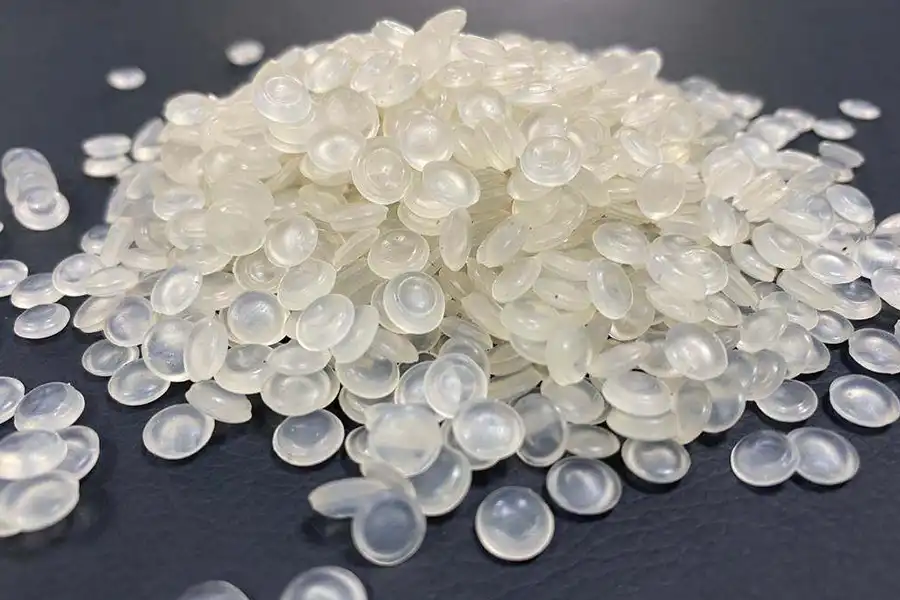
Applications of EVA Granule
What is granule EVA? which are tiny ethylene vinyl acetate (EVA) beads or pellets, are used in a wide range of industries. The following are some typical uses for EVA granules:
- Footwear: A lot of EVA granules are used to make midsoles, insoles, and shoe soles. The material is perfect for footwear applications because of its shock-absorbing, cushioning, and lightweight qualities.
- Packaging: Using EVA granules, protective materials for fragile or sensitive objects can be made, such as foam inserts or padding. Because of its impact resistance and shape-fitting properties, the material is useful for cushioning and safeguarding cargo during transit.
- Sports equipment: The production of athletic and leisure gear, such as body protectors, pads, helmets, and sports mats, uses EVA granules. The flexibility and shock-absorbing properties of the material contribute to impact protection and increased user safety.
- Play equipment and toys: Play mats, playground floors, and safe, soft toys are all made with EVA granules. The material is appropriate for use in children’s items because of its softness, non-toxicity, and durability.
- Automotive industry: car mats, interior trim, and soundproofing materials are just a few of the components made with EVA granules. The material is appropriate for automotive applications due to its strength, chemical resistance, and ease of production.
- Building and construction products: sealants, adhesives, caulks, and coatings are among the materials that can be made with EVA granules. The material is helpful in a variety of building applications due to its flexibility, weather resilience, and adhesive qualities.
- Medical devices: EVA granules are used in the manufacturing of padding materials, orthotics, and prostheses. The material is suitable for use in medical applications because of its biocompatibility, cushioning, and mold ability.
So about this question: What is granule EVA? These are but a handful of the uses for EVA granules. Due to its softness, flexibility, and other desirable qualities, EVA is a material that is widely used in many sectors for a variety of products and applications.
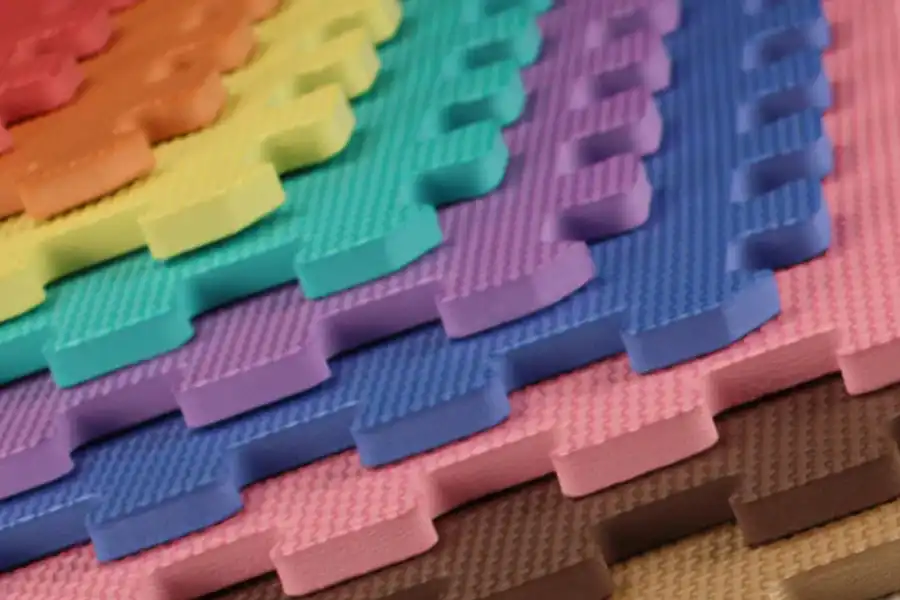
Read more: What is the application of EVA in industries?
Production and processing of EVA Compound
What is compound EVA? EVA (ethylene vinyl acetate) is normally produced and processed in a number of ways. This is a broad synopsis of the procedure:
- Raw Material Preparation: Ethylene and vinyl acetate monomers are the main raw materials used to make EVA compounds. Natural gas or petroleum are the origins of these monomers. Usually, they are transported and kept in liquid form.
- Monomer Polymerization: The polymerization process is carried out in a reactor by feeding the monomers of vinyl acetate and ethylene. Heat and a catalyst are used in this method to encourage the chemical reaction that joins the monomers to produce the EVA polymer chains.
- Cooling and Solidification: The EVA compound that is left over after polymerization is frequently molten or semi-molten. After that, it is cooled and hardened to take on the required shape, be it sheets, pellets, or beads. There are several ways to cool down, such as using water or air cooling, in order to accomplish this solidification process.
- Combining and Compounding: To obtain the required qualities, EVA compound can be further treated by combining it with additional additives and fillers. Reinforcing agents, plasticizers, stabilisers, colourants, and flame retardants are a few examples of these additives. Internal mixers or extruders are examples of specialised mixing equipment that are often used throughout the blending process to guarantee the additives are distributed uniformly throughout the EVA matrix.
- Extrusion or Moulding: To create finished goods, the compounded EVA material is frequently treated using extrusion or moulding methods. The EVA compound is heated and forced through a die during the extrusion process to produce profiles, sheets, or films in a range of sizes and forms. In the moulding process, the heated EVA compound is injected into a mould cavity, cooled, and solidified to form the required shape.
- Post-Processing: Extra post-processing processes can be necessary, depending on the application. These may entail further EVA component assembly, surface treatment, cutting, or trimming.
It’s crucial to remember that certain production and processing techniques can change based on the equipment utilised, the manufacturer, and the intended EVA compound qualities. Advanced methods can also be used to customise the EVA material for particular uses, including foaming or crosslinking.
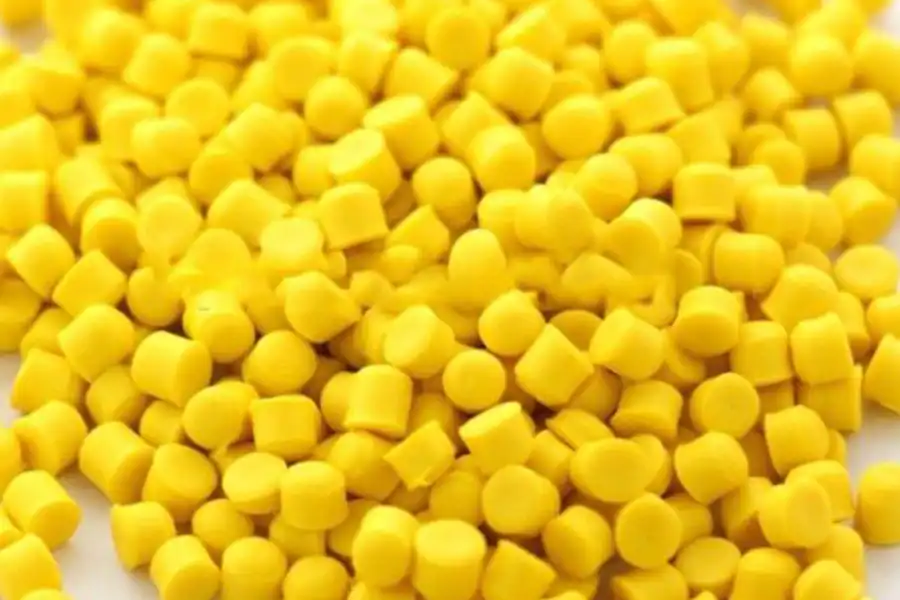
Where to get ethylene vinyl acetate?
Ethylene vinyl acetate (EVA) copolymers are used in solar cell encapsulation, surface protection, and greenhouse covers, among other extrusion film processes. Shoes, car interiors, and moulded caps and seals all use EVA copolymers. They serve as the foundation polymer in various adhesive resin compositions as well as in the compounding of wire and electrical cables. To maximise cohesive strength and flexibility, low- to medium-MI and high-VA grades are employed for the hot-melt adhesive used in bookbinding applications to keep pages and covers together.
KaraChemicals Holding, a branch of “Hani Shimi Kara Plast,” is equipped with cutting-edge machinery and state-of-the-art laboratory equipment. They’ve produced excellent PVC and EVA granules with the help of highly qualified polymer scientists and engineers. Products from this collection are becoming well-known both domestically and abroad, in markets such as those in Iraq, Russia, Pakistan, the United Arab Emirates, Syria, Azerbaijan, Qatar, and other Central Asian nations.
Granule EVA has characteristics including softness, durability, processing ease, and flexibility.
Granule EVA is frequently used in the shoe business to make midsoles and soles because it offers comfort, flexibility, and cushioning.

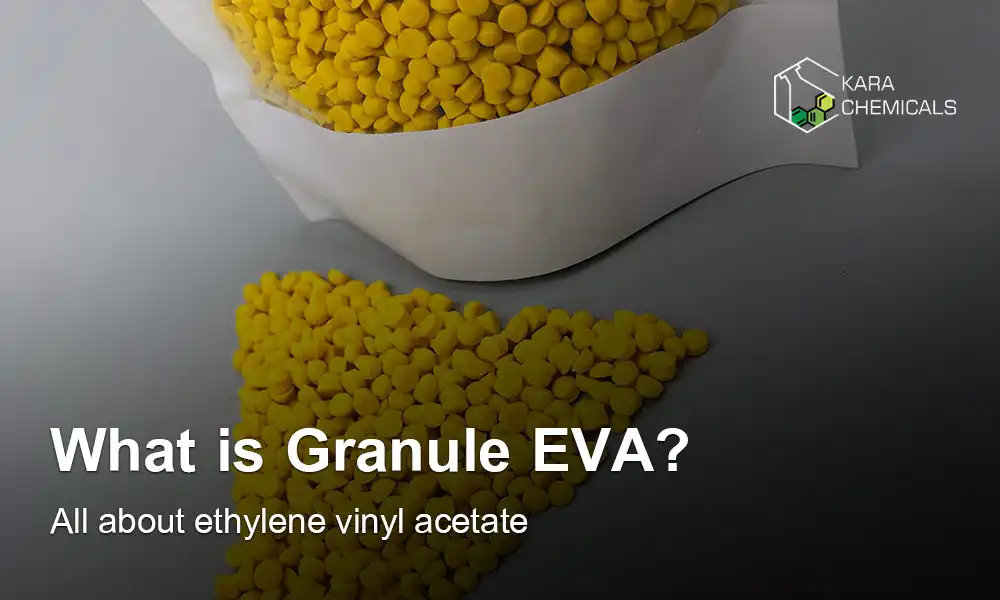




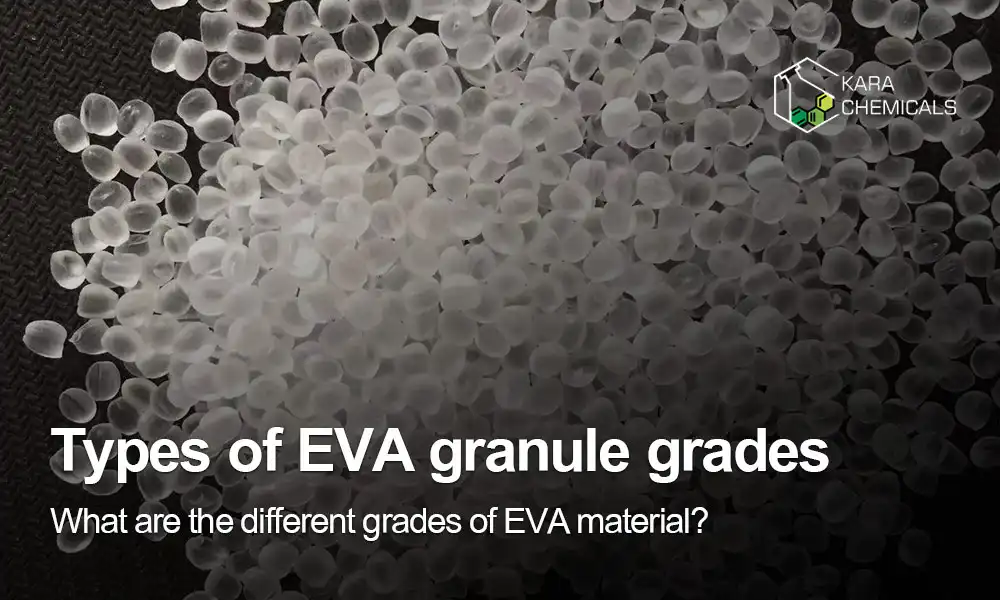
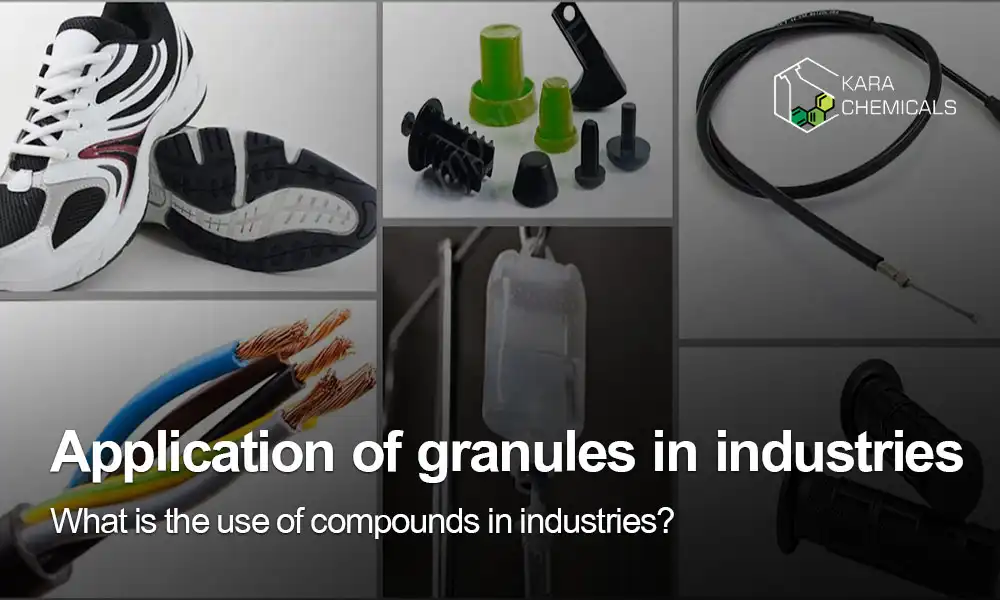
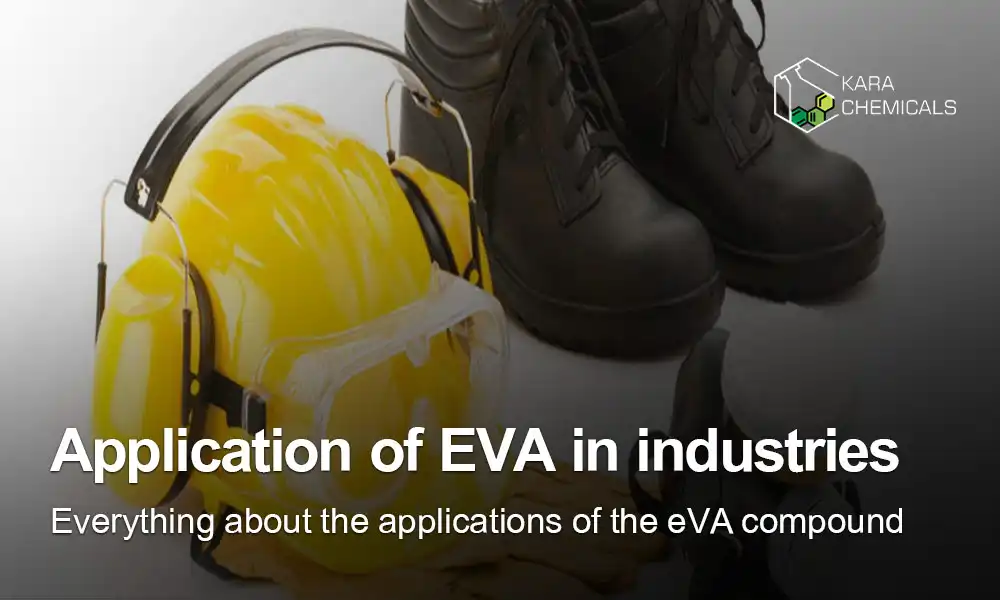
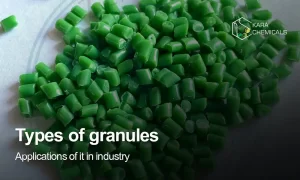
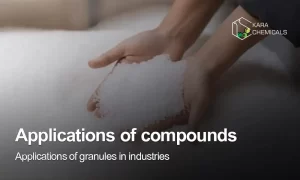

2 thoughts on “What is Granule EVA? All about ethylene vinyl acetate”